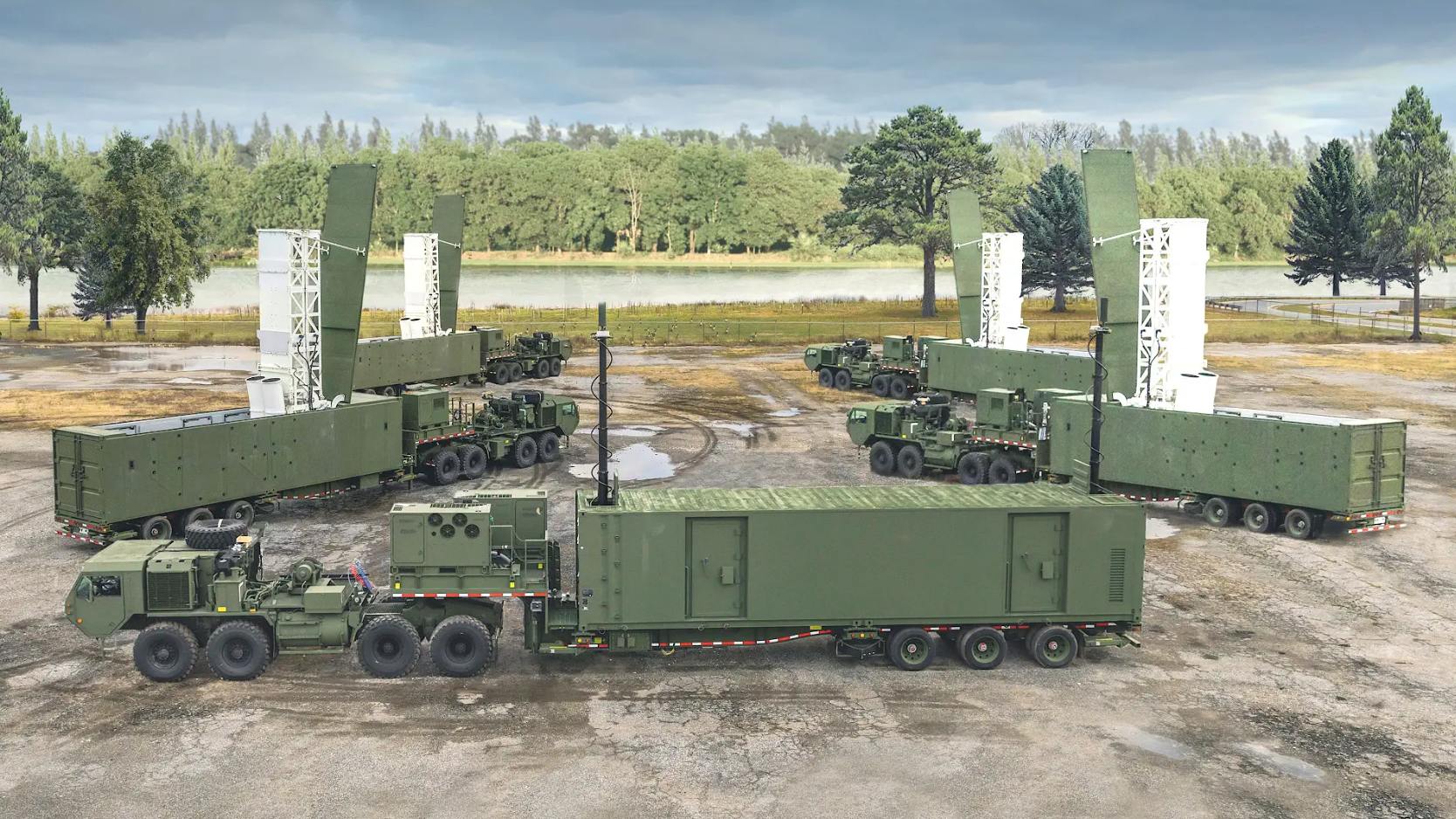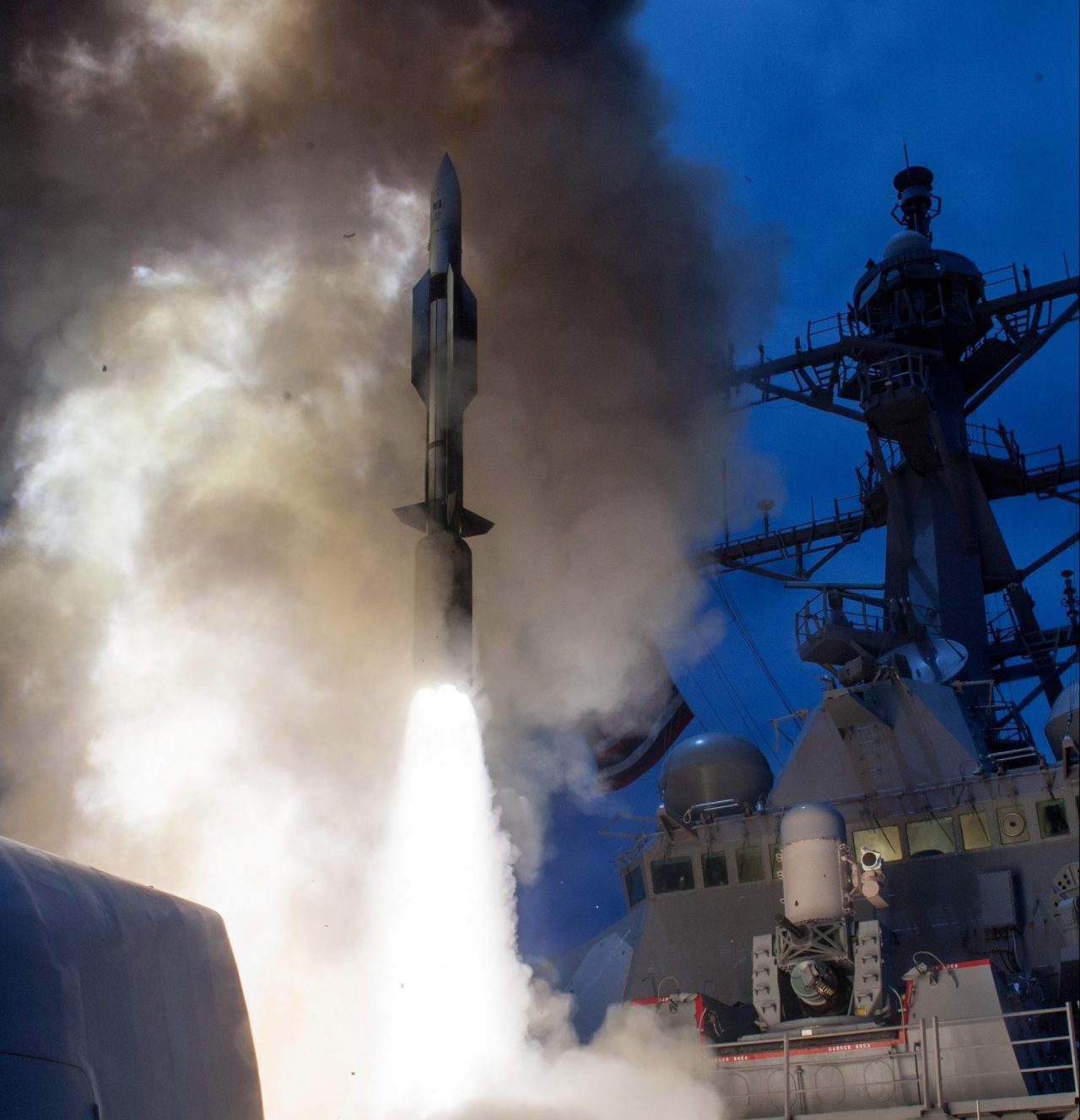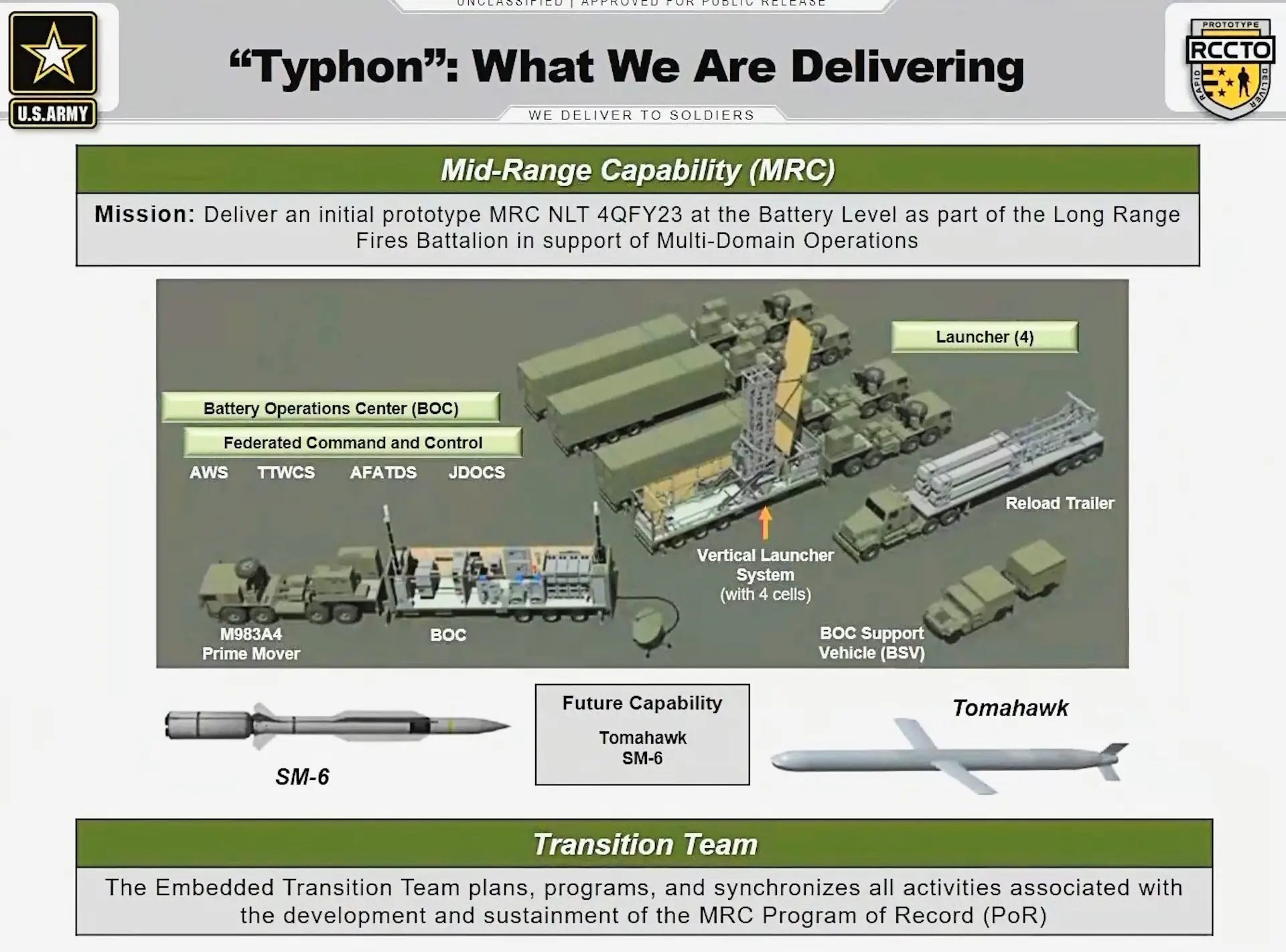SM-6 Missiles: China Warns US Of Consequences Over Deployment Of ‘Typhon’ System In Its Backyard

Earlier this month, the United States dispatched a ‘deadly’ intermediate-range missile system to the Philippines for military drills. The move has caused whirlwinds in China, which has vowed countermeasures against what it considers an unprecedented and provocative move.
Chinese Defense Ministry Spokesperson Wu Qian warned at a press briefing on April 25 that the US deployment of an intermediate missile system in the Asia-Pacific could prompt China to respond with decisive measures.
“We resolutely oppose the US move to deploy intermediate-range ballistic missiles in the Asia-Pacific. Our position has been clear and consistent. US steps are posing a major threat to the security and stability of regional players and will inevitably prompt a decisive response from China,” he warned.
The US Army Pacific announced in mid-April that for the first time, the US has stationed the Mid-Range Capability (MRC) missile system, or the Typhon, in the northern Philippines. The system is unique and lethal as it is capable of firing both Tomahawk and Standard Missile 6 (SM-6).
The deployment took place from Lewis McChord Air Force Base on April 7 to participate in Exercise Salaknib 24. The US kicked off the drills with the Philippines, a seasoned ally in the region, on April 8. It is noteworthy that the deployment was planned well in advance and was not an impulsive measure.
Earlier, General Charles Flynn, the commanding general of the US Army Pacific, confirmed the potential deployment of a new medium-range missile launcher during a media briefing held at the US Embassy in Tokyo on April 3.
“I’m not going to discuss what system, and I’m not going to say where and when. I’m just saying that there will be a long-range precision fire capability that will come to the region,” General Flynn said at the time.
China, on its part, has carried out a relentless build-up of powerful missiles capable of targeting US military installations. However, it has accused the US of militarising the region and turning into an anti-China clique to counter the country’s rising influence.
It has gone so far as to insinuate that the US is using Manila as a pawn in its great power rivalry with China, currently unfolding in the Asia Pacific.

Shortly after the US announced Typhon’s arrival in the Philippines, the Chinese state-owned Global Times carried a report stating, “If the US is the absolute master of anything, it is the art of persuading others to willingly serve as its cannon fodder. At this very moment, the US is speeding up its effort to send the Philippines into the line of fire.”
The deployment has caused unrest in the region. It comes in the wake of rising tensions between China and the Philippines, which remain marred in territorial disputes in the South China Sea.
While China has remained embroiled in an active territorial conflict with Manila for more than a decade, it has become particularly belligerent in recent times, frequently engaging and attacking the Filipino Coast Guard vessels and civilian ships.
The United States has offered unconditional support to the Philippines against Chinese aggression in the region. US President Joe Biden recently told Filipino President Ferdinand Marcos Jr. that their alliance was ironclad and emphasized that their mutual defense treaty covered attacks on the Filipino military forces.
“Any attack on Philippine aircraft, vessels, or armed forces in the South China Sea would invoke our mutual defense treaty,” Biden said.
This explains heightened Chinese anxieties regarding the deployment of the system.

China Is Furious With Typhon In Its Backyard
The Typhon system can launch various missiles, including the Tomahawk cruise missile, which has a range exceeding 1,600 kilometers, and the new SM-6 interceptor missile. The Typhon can fire a Tomahawk to obliterate a target on land or at sea.
Additionally, the SM-6 installed on Typhon is designed to be used mainly as a short-range ballistic missile against land and sea targets. The Army has described it as a “strategic” weapon system that would be used against more important targets such as air defense facilities and command and control centers.
The deployment of the system is significant for multiple reasons. First, all land-based missiles, conventional and nuclear, with a range of 500-5,500 kilometers, were forbidden under the 1987 Intermediate-Range Nuclear Forces Treaty (INF) between the US and the former Soviet Union.
However, in 2019, the US withdrew from the INF, and the US Army and Marine Corps immediately began large-scale efforts to develop entirely new medium-range missiles. With a military confrontation between China and the United States looming big, these missile systems are now regarded as viable weapons against China in the Indo-Pacific.

Some media reports and military watchers suggest that the system could be deployed in Luzon for military drills. Northern Luzon is situated along the first island chain that divides mainland Asia from the Pacific. The system was stationed in this location for the Salaknib drills.
In addition to the whole Strait of Luzon, the Chinese shoreline and several PLA bases in the South China Sea are also within the firing range of Typhon’s missiles. The US Army had previously stated that it would ship one of its Typhon systems overseas this year, but it had not specified where.
Reports suggest that the United States is investigating the permanent deployment of this system to the Indo-Pacific region, although the details are currently sketchy. The Typhon would give the US military greater flexibility and options to hit targets on land, at sea, and in the air throughout the vast expanses of the Indo-Pacific area in any hypothetical higher-end battle, especially against China.
Moreover, this strategic move is poised to serve as a vital deterrent against potential threats posed by China’s military advancements. This is essentially why the deployment of the system has enraged China.
- Questions and Answers
- Opinion
- Story/Motivational/Inspiring
- Technology
- Art
- Causes
- Crafts
- Dance
- Drinks
- Film/Movie
- Fitness
- Food
- Giochi
- Gardening
- Health
- Home
- Literature
- Music
- Networking
- Altre informazioni
- Party
- Religion
- Shopping
- Sports
- Theater
- Wellness
- News
- Culture
- War machines and policy

